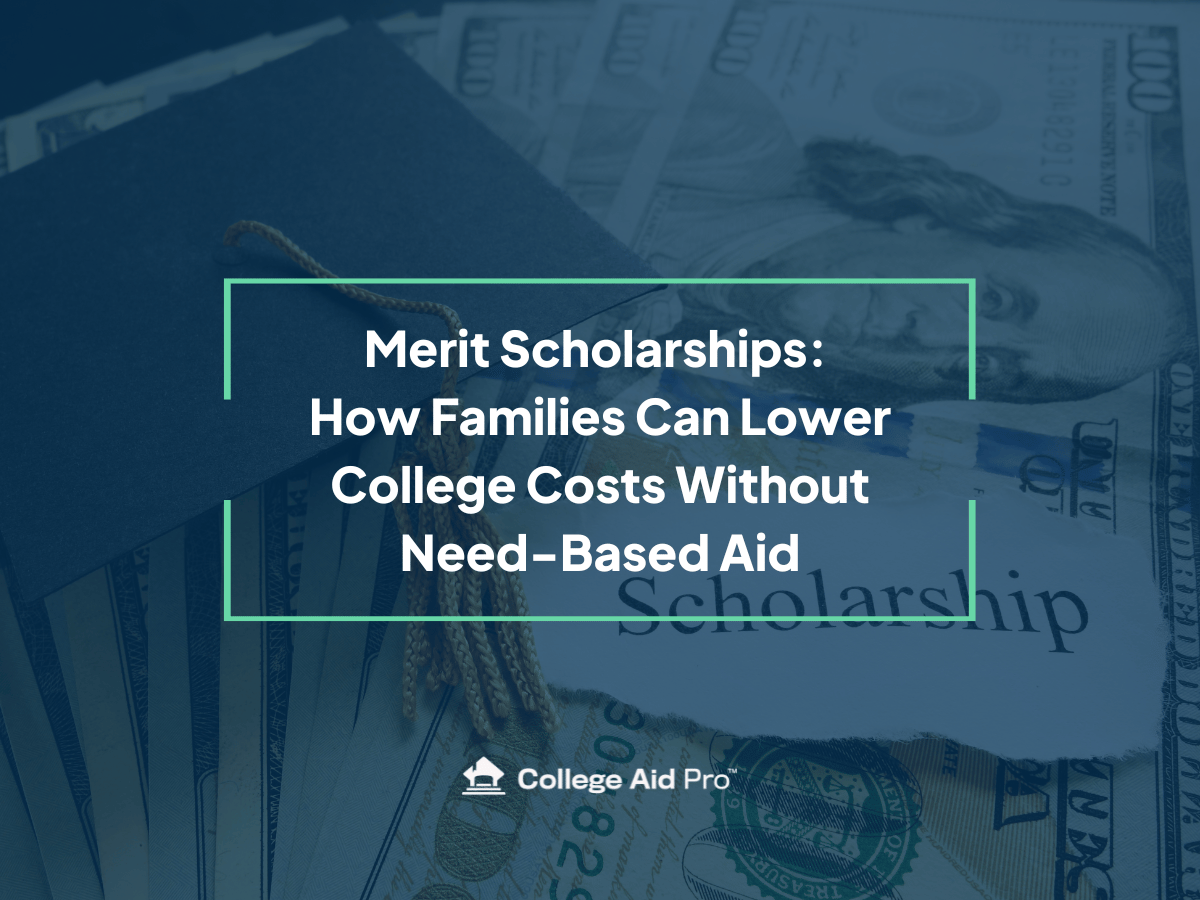At College Aid Pro, we pride ourselves on creating sound data sets that power easy-to-use software for college-bound families across the country. We’re dedicated to helping our families find their most affordable path to college. We also want to share a bit more about how we come up with our projections that are generated in your personal MyCAP profiles. It’s important to us that you understand our process so you can be confident in our numbers.
We interviewed Wendy Nelson – our senior data scientist- to learn more about College Aid Pro’s calculations.
Q: How does College Aid Pro determine the student’s net price at each college?
A: We use a multi-step process to make sure we are providing the best and most accurate information for college-bound families. First, we utilize basic school data that is reported directly by the colleges. This data is sourced through Peterson’s, the leading provider of higher education data. Peterson’s provides the most current education data for undergraduate admissions and financial aid. Peterson’s does a full update on their data annually and additional updates throughout the year.
In our research, we have found that not all schools report their data to Peterson’s in a timely manner. So we go a step further to stay up to date with school data.
We have our own data team review the Peterson’s data file to look for gaps and inaccuracies and we research further to address those. Using this data as the basis, we start with the total cost of attendance at each school. From there we look at the student’s eligibility for both need-based aid and merit-based aid, and then calculate the expected net price.
While many other tools stop at reporting financial aid based on the percentage of students receiving aid, and the average aid amounts that each college reports, we utilize our own in-depth process to provide the most accurate estimation for both need-based and merit-based aid.
Q: How does College Aid Pro determine need-based aid projections?
A: Need-based aid eligibility starts with the Expected Family Contribution (EFC). The EFC is the minimum annual amount the colleges think a family can afford. Students submit financial aid forms to colleges so they can evaluate the student’s need-based aid eligibility.
College Aid Pro calculates EFC estimates for all three methodologies for each family – Federal, Institutional and Consensus. The Federal Methodology is used by colleges that require the FAFSA only. The other two methodologies are used by colleges that require a second financial aid form called the CSS Profile. We look at which methodology each school uses when projecting the school’s net cost. It gets more complicated for Institutional and Consensus methodology schools because some of these schools consider home equity in their calculation and there are several different variations in how home equity factors in.
This complexity requires our data team to be in contact with the colleges regularly to validate how they are using home equity in their financial aid determination. We utilize the same formulas the colleges are using to calculate basic need-based aid. We look at each college’s reported values for percentage of students receiving need-based aid and average amounts.
Then, we cross-reference these calculations against what students are actually receiving from each college to validate the data further. On top of that, we use the College Aid Pro team’s many years of experience in the college industry to add a “gut feel” check on our calculations to make sure they align with current trends.
When we see something that doesn’t look right to us, we dig into the data further and contact schools as needed. This extra level of data analysis and personalized touch sets College Aid Pro apart from many other tools.
Q: How does College Aid Pro determine merit-based aid projections?
A: Our goal is to project automatic and likely merit scholarships for every school that offers these. Automatic scholarships are the ones that a school awards based directly on criteria like the student’s high school GPA or a combination of GPA and ACT/SAT score.
Every student who meets the stated criteria receives the scholarship. Likely scholarships are ones that are not guaranteed to be awarded. We use our own process to determine the likely scholarships offered by each college.
Our process starts with what the college reports on their website. From there we research further, looking at actual scholarship amounts awarded and what GPA and test scores were associated with those awards. We frequently contact the colleges to find out more about what they are awarding, and we rely on our team’s many years of college industry experience in understanding which schools are awarding likely merit scholarships to which students.
Some schools only have competitively awarded merit scholarships. These usually require separate applications, possibly interviews, extra essays, portfolios, or auditions. For these schools, we list out all the competitive scholarships offered, but we do not attempt to project these for specific students.
We also look at each student’s GPA and test score and how that compares to the school’s reported averages for incoming students. For students that would be “top of class” at a school that does not appear to offer automatic or likely merit scholarships, we may project an average merit aid award where we think that student is likely to be offered a scholarship.
In projecting a total award for the student at each school, we also look for out-of-state tuition discounts and merit scholarships awarded by states and stack these where allowed. On the merit aid side, our proprietary data analysis process and personal experience in the industry set College Aid Pro apart from other tools that include likelihood of receiving merit aid.
At College Aid Pro we know how important it is to have accurate and up to date information. When you are trying to decide if you can afford to send your child to a certain school, you want the correct data so you can confidently say yes or no. We constantly check and update our data to reflect the most recent numbers we can find from tuition and fees, to scholarship amounts and criteria, to the numbers used for expected family contribution (EFC) calculations in order to provide you with reliable information. We understand that knowledge is power, especially in the college shopping industry. Our goal is to arm you with the knowledge and tools to make confident, informed decisions.



